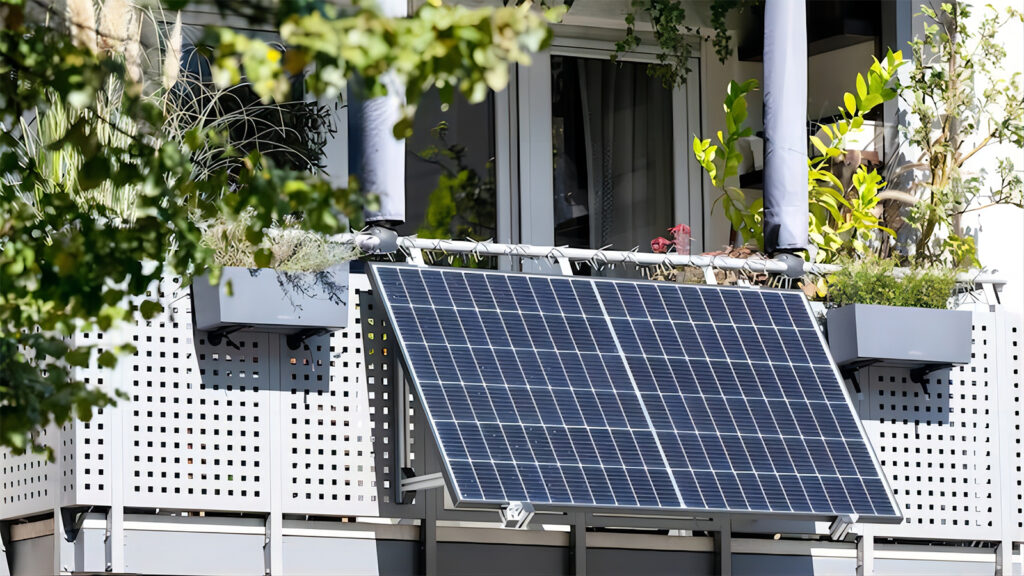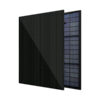With the continuous improvement of people’s awareness of environmental protection and the advancement of new energy technologies, more and more people pay attention to solar photovoltaic power generation systems.
This has been especially evident in recent years. Balcony Photovoltaic is a portable photovoltaic system that converts sunlight into electricity to power homes and small offices.
When installing and using the balcony photovoltaic system, we need to know some precautions. By doing so, energy utilization effect and safety can be ensured. By knowing these precautions, you can maximize the efficiency and potential of your balcony PV. This article introduces some precautions for using photovoltaics on balconies.
In this article you will see:
- How to choose and install the balcony photovoltaic panels?
- What are the safety precautions for balcony photovoltaics?
- What impact do objective factors have on balcony photovoltaics?
How to choose to install balcony photovoltaic panels?
Choose the right balcony PV for standardized installation. It is important to consider living circumstances, economic factors and local laws and regulations. Only in this way can it be ensured that the photovoltaic modules are suitable for your own balcony and your own energy requirements. That’s why you must find the right supplier.
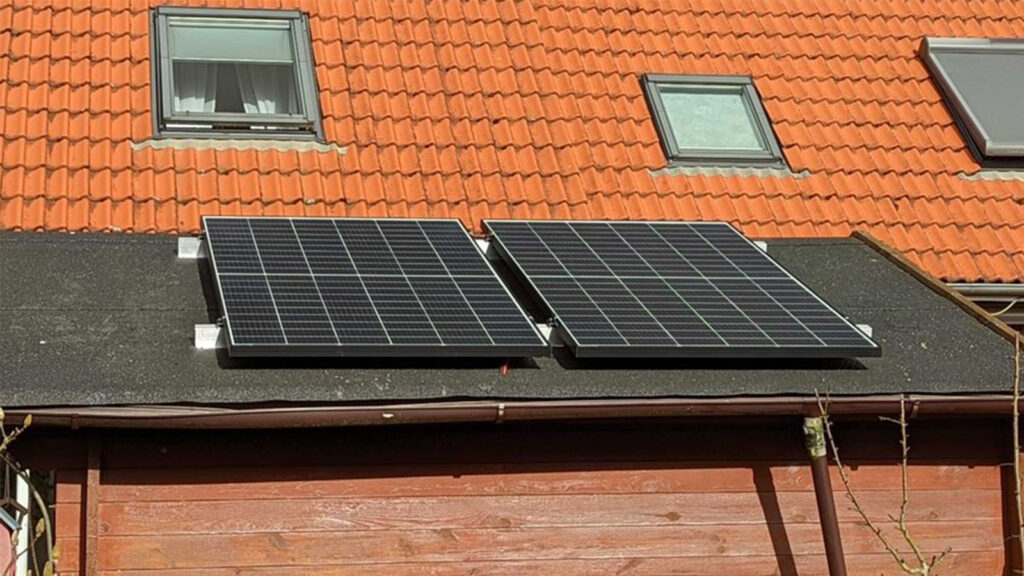
1. The objective impact of the place of residence on the environment
The installation location and installation area of the balcony photovoltaic modules are mainly determined by the objective environment of the residence. The choice of location is very important, because the effectiveness of the balcony photovoltaic system depends on the light output. In general, south-facing or east-west facing roofs are more suitable for installation.
The sun should be shining vertically on the solar module. Make sure there are no obstructions on the balcony. In this way, the energy of the sun can be fully absorbed. In order to obtain the greatest possible benefit from your balcony power plant, the angle of inclination of the solar modules relative to the base point is crucial. When facing south, a slope of 30 to 45 degrees is recommended.
The Rheinland-Palatinate Consumer Advisory Center reports that vertical installations on balcony railings lead to reduced production. These can go up to 50%. Here’s an example: While a south-facing system with a module output of 300 watts produces 292 kWh of annual solar energy when tilted at 30 degrees, it only produces 200 kWh when tilted at 90 degrees (i.e., vertically mounted).
Generally speaking, a kilowatt-level photovoltaic power generation system can generate about four kilowatt-hours of electricity per year on average. Tiling requires a roof area of 10 square meters, and inclined laying requires about 7 square meters, depending on the slope. According to the power consumption and available space, users can roughly estimate how much photovoltaic power generation system they need. At present, single-family houses such as villas, townhouses, remote areas and rural areas are more suitable for solar photovoltaic power plant projects.
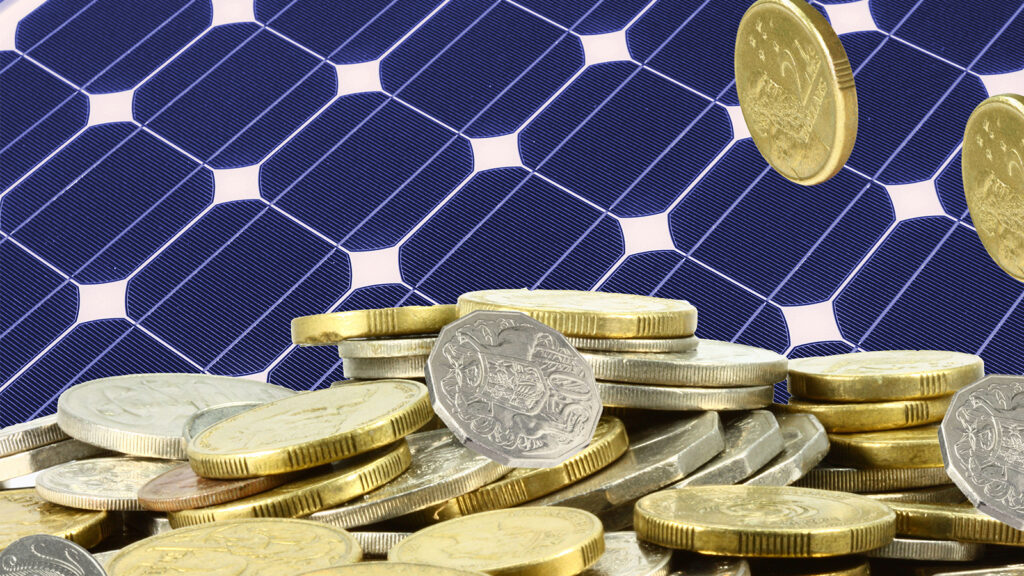
2. Personal economic factors
Although the personal distributed photovoltaic power generation project has a large investment, it is a long-term and environmentally friendly investment project. Cheaper ones cost about 600 euros for a complete set, and more expensive models can even cost as much as 1,200 euros. Experts assume a home can use it to generate about 10 to 20 percent of its electricity. However, how much electricity is generated depends on the orientation of the system and the number of hours of sunshine per year in the area.
The Lower Saxony Consumer Advice Center in Lower Saxony claims that plug-in solar systems are almost always worth it, depending on location and usage behaviour, it just takes longer to amortize the acquisition costs.
Example: A typical plug-in solar module measures about 1 x 1.70 meters and has an output of about 300 watts. With optimal orientation, it can deliver around 200 to 300 kWh per year, enabling two modules to deliver twice as much power.
With an output of 600 watts and an electricity price of 40 cents per kWh, you can save up to 240 euros per year. The purchase pays for itself in just a few years. These devices are built to last, often lasting 20 years or more.
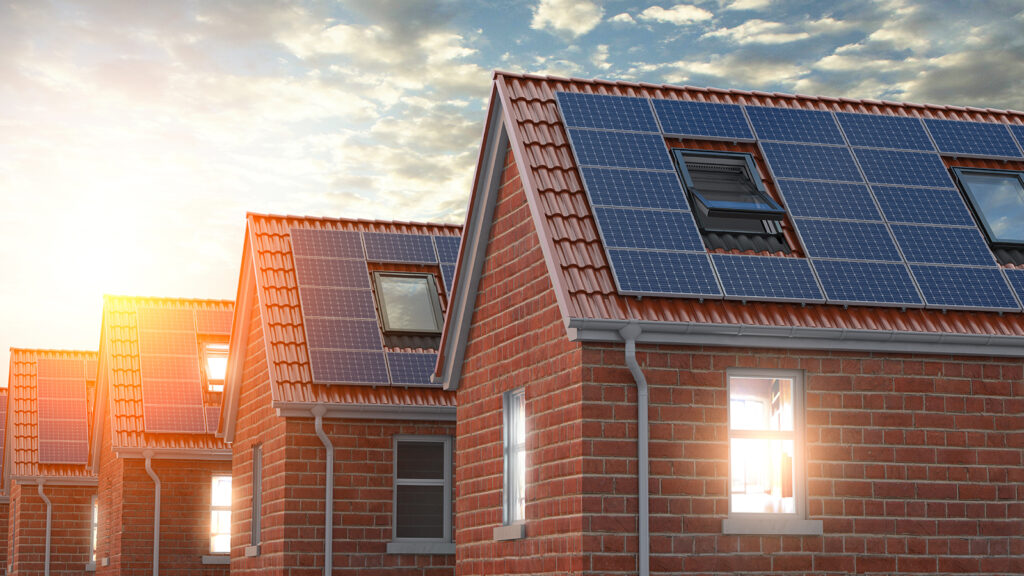
3. Installation must comply with local laws and regulations
When using a balcony photovoltaic system, make sure you follow local laws, regulations and building codes. Some places may have special requirements for the installation and use of photovoltaic systems. You should understand and abide by these regulations.
Always check the legal requirements before installing on roof and balcony railings and exterior walls. Assembly is technically possible, but legal requirements must be followed. For example, the installation of micro photovoltaic systems on balconies or facades can change the appearance of buildings, in rental apartments requires the consent of the landlord, and requires a relatively majority vote in the homeowner community.
While installation is relatively easy in a single-family home, you have more freedom in assembly in your home. However, local building regulations must also be observed here. If you are unsure whether your community has building or design codes, ask the responsible building authority for more information.
What are the safety precautions for balcony photovoltaics?
The balcony photovoltaic system is about the generation and transmission of electric energy, so safety must be given great attention. Please seek professional help during installation. This allows you to ensure that wires and connectors are installed correctly. In addition, necessary isolation measures should be taken.
The connector is tightly bonded to the inner copper core of the cable. Experiments have shown that when the cable exceeds the temperature limit it can withstand, the outer sheath deforms. This can cause the cable to come loose. When looseness occurs, the tensile and torsion resistance of the cable relative to the connector is not good, and the looseness causes the contact resistance of the metal pins to change or a virtual connection between charged bodies. This increases the possibility of a fire. There is also an increased risk of cable breakage, which could result in electric shock.
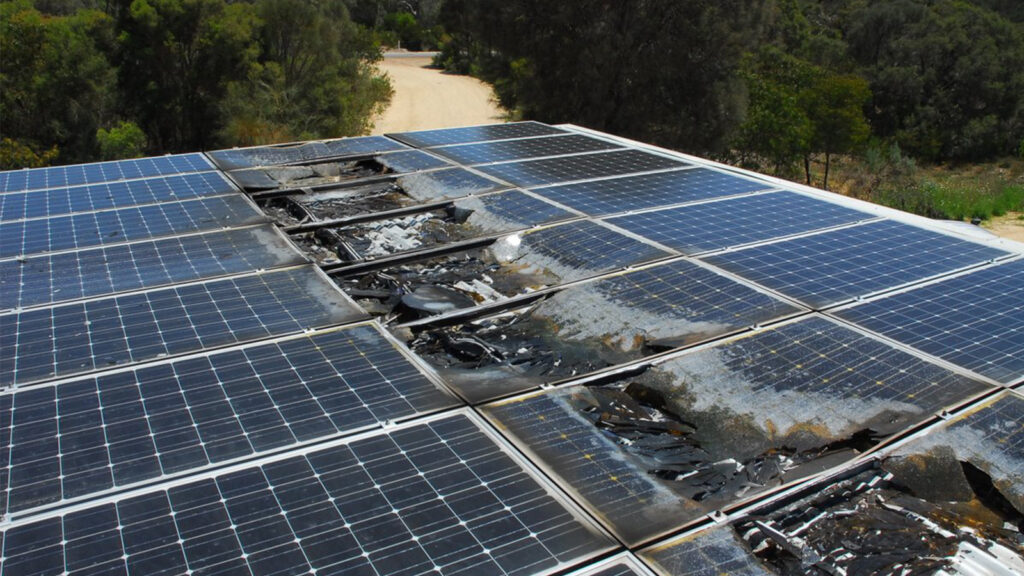
Users need to regularly check the working status of the system. In this way, they ensure that there are no safety hazards such as short circuits and leakage currents. The Swedish Electrical Safety Board (Elsäkerhetsverket) has issued a warning about the risks of plug-in solar panels commonly used on balconies.
Local generation equipment mistakenly supplied power to a disconnected network during installation. This puts electricians who install balcony photovoltaics at risk of electric shock. When photovoltaic panels are in use, the power consumption may be higher than the normal size of the cable. This can cause a fire.
What impact do objective factors have on balcony photovoltaics?
After successfully installing a balcony photovoltaic system, it is important to consider the influence of the following factors. This maximizes power generation efficiency and photovoltaic potential. It is also necessary to be prepared for fluctuations in photovoltaic efficiency.
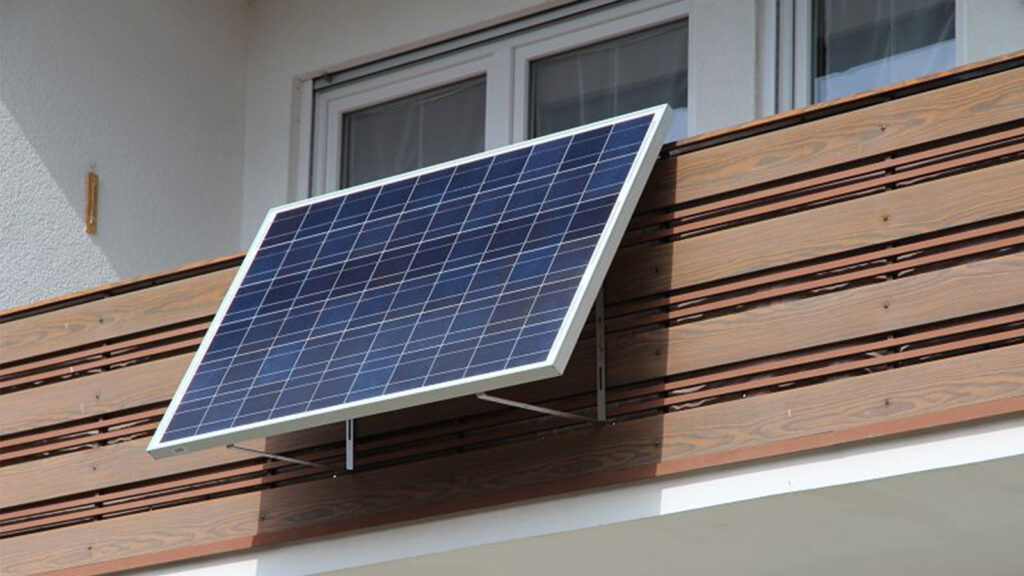
Weather:
Wind speed has an effect on photovoltaic systems. You can increase the load. This causes module aging and performance degradation as humidity and air temperature change. Temperature affects the performance of photovoltaic systems. Optimal efficiency is usually over a certain temperature range. Temperatures that are too high or too low will reduce efficiency. The temperature rises in summer. This can lead to overheating of the PV modules. Therefore, ventilation and cooling measures should be considered.
Balcony photovoltaic systems use solar radiation to generate electricity. The intensity and duration of solar radiation depends on location, season and weather conditions. This is very important. Sufficient sunlight will increase the efficiency of photovoltaic systems. Cloudy weather reduces efficiency.
When planning a photovoltaic system, it is important to take into account the weather conditions in the area. This affects fit and style selection.
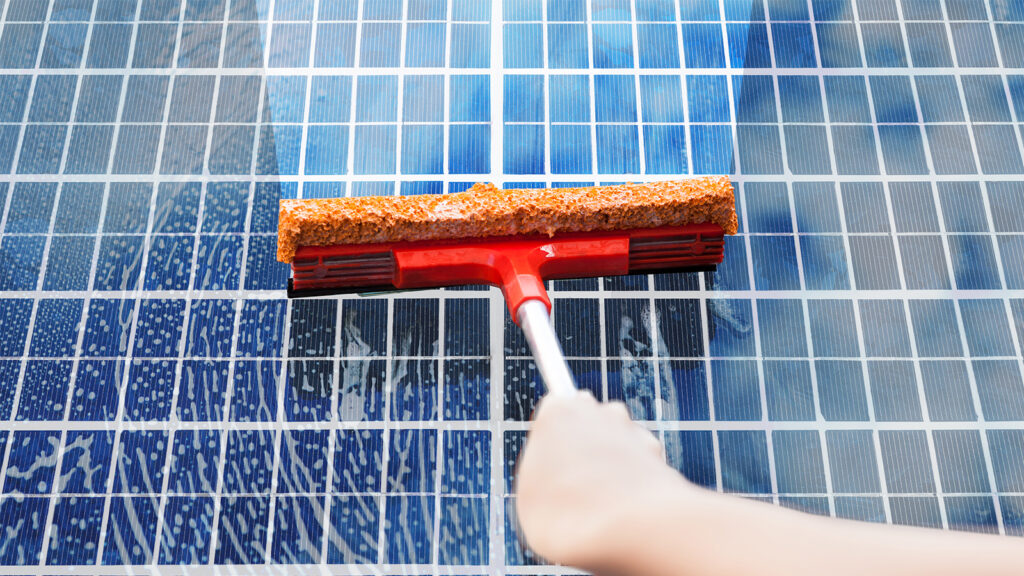
Environmental pollution:
Pollution affects the cleanliness and light transmittance of photovoltaic modules, which in turn affects the power generation efficiency of photovoltaic systems. For example, after prolonged use, dust, particles and pollutants can build up and form a film on the surface of photovoltaic modules.
When the transmittance of sunlight decreases, light energy is not fully absorbed. Therefore, it cannot be converted into electricity. Even the shading of a small portion of harmful substances will affect the normal power generation efficiency of the entire photovoltaic solar panel.
Layers of dust and dirt absorb and store heat from the sun’s rays. This increases the surface temperature of the photovoltaic module. This results in a lower efficiency of the module. Therefore, it is very important to clean photovoltaic modules regularly.
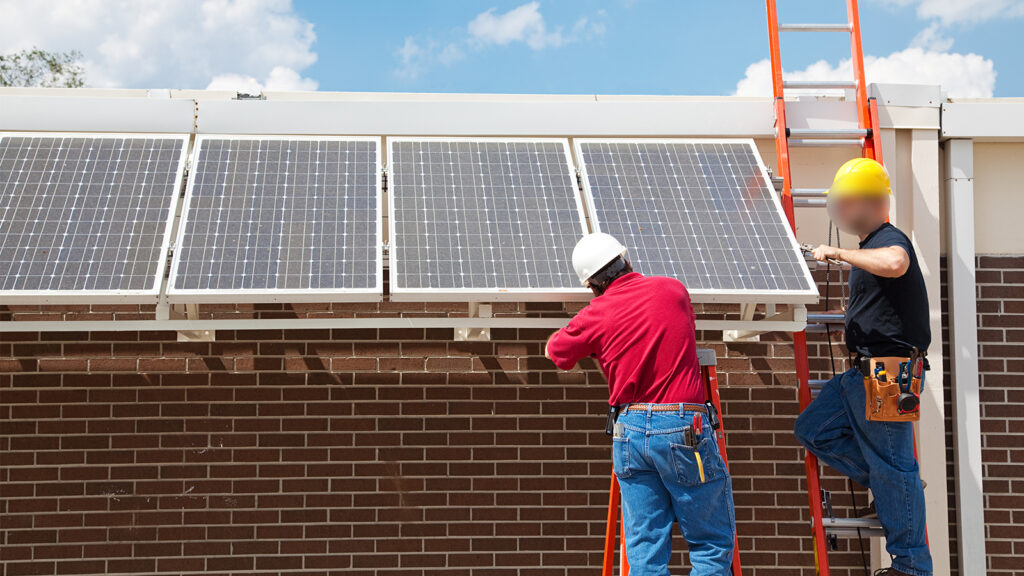
Design and installation quality:
The planning and installation quality of a photovoltaic system is decisive for its performance and service life. If you choose a solar panel with sub-par quality and cheap materials, it will have a shorter lifespan. There is also a higher risk of safety accidents when using electricity.
The construction must be solid and the installation must be firm. Otherwise, problems such as poor wire contact, circuit failure or damage may occur. This can reduce the effectiveness of the photovoltaic system.
The balcony photovoltaic system is a sustainable energy utilization method that can bring many benefits to our life. After proper selection and installation, we must pay attention to safety aspects, weather conditions and regular maintenance during use. If we follow certain precautionary measures, we can make better use of the balcony photovoltaic system, contributing to household electricity consumption and sustainable development.
Maysun Solar has a systematic and complete photovoltaic module production line factory, manufacturing a variety of hot-selling photovoltaic panels of different technologies to adapt to different specific application scenarios. With Maysun Solar’s Balcony PV range, you can trust the reliability and quality of our products. Contact Maysun Solar now, let’s build a sustainable future together!

New Photovoltaic news you should know about (March 2024)
Table of Contents REC Unveils a 430 W Heterojunction Solar Module Boasting 22.2% Efficiency REC, a Singapore-based PV module manufacturer, introduces its residential solar modules featuring Alpha heterojunction cell technology. Production has commenced at REC’s Industry 4.0 fab in Singapore, with initial shipments

IBC Solar Modules vs. Bifacial Glass-Glass Solar Modules: Which Is More Suitable for Winter or Low-Light Conditions?
Table of Contents Introduction As the demand for renewable energy continues to surge, advancements in solar technology have broadened the spectrum of component choices available to us. Among these, IBC (Interdigitated Back Contact) full black solar modules have garnered special attention due to

Why Are Lightweight Bifacial Solar Panels the Best Choice for Balcony Solar Power Plants?
Table of Contents In the quest for efficient and eco-friendly home energy solutions, solar photovoltaic technology has emerged as a key player due to its sustainability and clean energy benefits. Particularly in the space-constrained urban settings, the effective conversion of every inch of

Questions You Might Ask About Balcony Solar Power Plants in 2024
Table of Contents What is a Balcony Solar Power Plant? Similar to a traditional photovoltaic panel, a Balcony Solar Power Plant is a device designed to generate electricity from solar energy. This green energy generator is specifically tailored for self-consumption, but it comes with

A Step-by-Step DTU Guide for Balcony Solar Power Plants
As renewable energy becomes increasingly integral in our daily lives, Maysun Solar’s Balcony Solar Power Station, with its advanced technology and user-friendly design, represents a transformative approach to home solar solutions. The integration of a Data Transfer Unit (DTU) enhances its smart functionality

What Are The Main Components of Solar Panels?
What are the main components of solar panel? Solar panels, the cornerstone of solar energy technology, are composed of several integral parts, each contributing to their ability to harness sunlight and convert it into electrical energy. In this article, we will explore the essential

